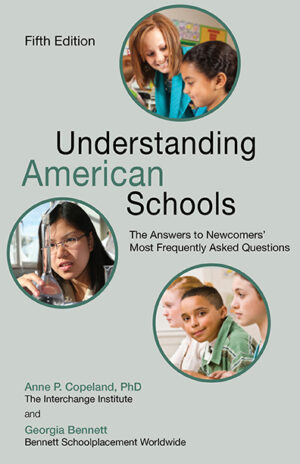This is the perfect book to promote conversation about cultural transitions, for anyone involved in working and living across cultures. Members of multicultural workgroups, expatriates moving to a new country, educators trying to understand and communicate what cultural differences look like in real life – all of these have used these stories as a rich base for learning. As Copeland and Lombardi write in the book’s Introduction:
On the surface, many of these stories are about what happens between a mother and a young child in a school classroom or neighborhood, so if you work with students or adults you may wonder if they’re for you. But this is exactly where cultural differences in values and attitudes are formed – in the early family and school environment that supports children and prepares them to work within the value system of their culture. Nobody thinks cultural differences are in-born; so where and how were they learned? What do parents of young children actually say and do that makes their children value collectivism as opposed to individualism? What values are teachers trying to instill in their students, as preparation for success in their culture – and how do they actually do it? It is in the countless daily responses to homework, birthday parties, neighbors, shopkeepers, and waitresses that children absorb the implicit messages about what their family and culture values. It is one thing to memorize a list of cultural differences, but quite another, richer thing to understand how they were created, and to see with clarity how these values all fit together – in short, to see another world through a mother’s eyes. These essays are a window into that process of cultural value formation.
In these stories, we also get a clear narration from expatriates navigating a new and confusing culture, adult children reflecting on their relationships with parents and parents-in-law, sojourners traveling back and forth between their own and their host culture and juggling new values as they go, language learners struggling with how to communicate their interesting and complex ideas. There is something here for anyone who has crossed cultures, or wants to understand or explain to others what it’s like.
These stories were all written by Asian writers living in the US … As such, they provide an opportunity to explore differences and similarities among Japanese, Korean and Taiwanese cultures as they intersect with the US American one. But the cultural values revealed in these stories are hardly specific to Asia and the US. Individualism and collectivism, social hierarchy and respect, modesty, high and low context, face and harmony – these are concepts that are important to understand all around the world. And the experience of missing home, seeing one’s culture through new eyes, worrying about one’s children’s values – these are familiar and core to anyone living in a new country.
Order copies for your whole class, discussion group, work team, or staff.






Reviews
There are no reviews yet.